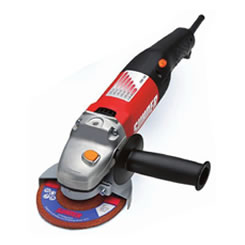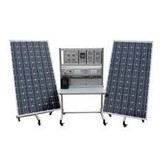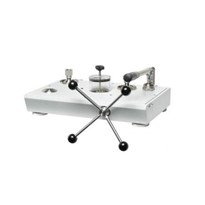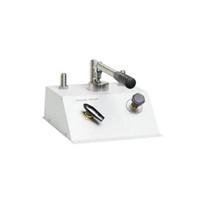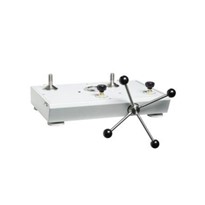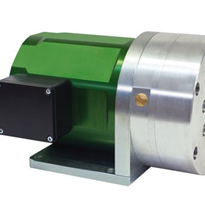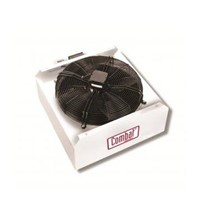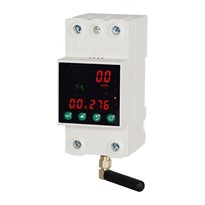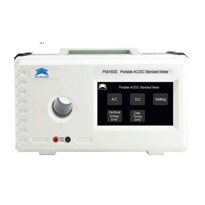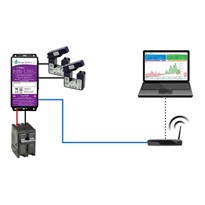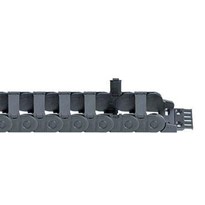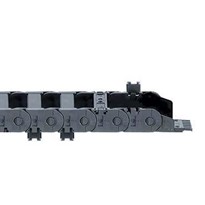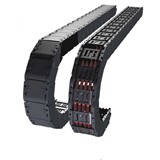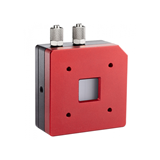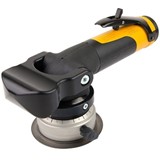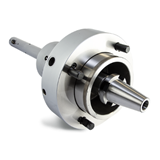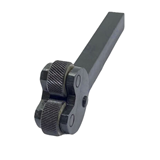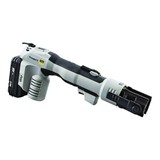It is not a new idea that companies are increasingly forced to dedicate more attention to energy costs.
For example energy costs arising through the operation of hand tools is becoming increasingly significant.
This is all the more critical, the more important a particular type of tool is for a company and the more intensively and longer the devices are used.
The market offers a wide range of machines with different specifications and power sources which are comparable with all devices serving the same purpose.
Using surface finishing (abrasives and grinding) as an example, it can be shown that clear process benefits can be achieved by selecting the right drive concept, with the energy costs decreasing as well.
An expert for abrasives and grinding tools, Suhner has compared four different variants. In the process, interesting values have been found that can be used in practice. The following devices have been examined:
- Machines with flexible drive shafts
- Electric power tools
- Instant frequency tools
- Pneumatic tools
The aim of this study was to develop a neutral comparison of tools in terms of efficiency and energy consumption, assisting practicians of the trade in taking advantage of dormant cost potentials by selecting the right application-based machine with an energy-saving drive.
So with the same scope, comparable values for cutting 1 kg of material ranged between $0.18 and $1.42. Converted to one, five or ten machines, this results in saving potentials for a one, two or three-shift operation of up to $20,000. It is obvious that investments will quickly pay off themselves here and will become profitable several times in the long run.
For those interested in getting more details on test conditions and individual results, Suhner has a special brochure available, which can be obtained free of charge.


